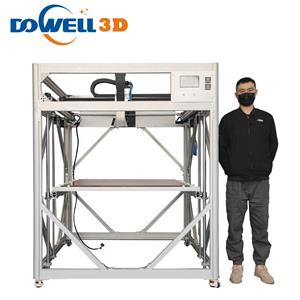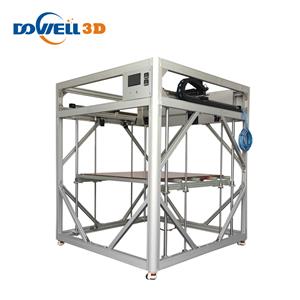What Are the Essential Skills in 3D Printing?
What Are the Essential Skills for a Career in 3D Printing?
3D printing has often been described as the future of manufacturing. While it may not outright the more traditional manufacturing techniques, there is no doubt that 3D printing has earned its place in a more modern industry that emphasizes flexibility and customization.
This also means that there is a growing demand for professionals who are well-versed in 3D printing technology. This could potentially be a very lucrative career in the coming years. If you’re interested in creating a career focused on 3D printing, then here are some skills you may want to develop.
Machine Operation
The most basic requirement for working around 3D printing is being able to operate them in a manner that is safe and efficient, both for the users and the machine. This includes being able to work with a variety of different 3D printing technologies, printing parameters, and materials. Extensive hands-on experience is crucial in developing this skill, ideally augmented with some formal training.
Take note that operating a 3D printer does not just mean being able to handle the hardware. Since 3D printing is a highly automated process, understanding the slicer software and the 3D printer firmware is equally as important.
Maintenance and cleaning are some of the other main responsibilities of a 3D printing machine operator. This is crucial in ensuring that the 3D printer works as expected and does not cause any significant disruptions in the workflow. If something does go wrong, it is beneficial for the machine operator to be able to do basic troubleshooting and repairs. This means having a deep understanding of how the 3D printer and all its components work together to achieve your manufacturing objectives.
CAD Modeling and 3D Design
All 3D printed products start from digital 3D models. While casual and hobby 3D printing can get by with downloaded 3D models, businesses and professionals will need to come up with models that are original and serve their client’s needs. This is where a 3D modeler or designer comes in.
3D modelers are responsible for receiving the ideas for 3D printed products and turning them into digital models. This could be for engineered parts that require precise measurements or more creative products such as action figures or ornaments. In any case, being a successful 3D modeler or designer requires having expertise in using 3D design tools and programs.
One of the main advantages of 3D printing is the speed at which ideas can turn into physical products. The 3D designer plays a central role in this process. They must be able to accommodate design ideas and this may involve integrating design changes that result from client input or collaboration with other stakeholders.
As mass-produced 3D-printed products become more common, there will continue to be a growing demand for 3D modelers. If there is a single skill that could make entry into the 3D printing industry easier, then it is likely the ability to make bespoke 3D models from scratch.
Post-Processing and Surface Finishing
3D printed products are rarely considered finished products when they come out fresh off the 3D printer. Regardless of 3D printing technology, there is significant work needed to post-process these products to bring them to a professional level of quality.
There is a range of different post-processing techniques used in 3D printing. This can include sanding, powder removal, cutting off parts and pieces, polishing, annealing, or UV treatment. There is not a single method that can apply to all 3D printing applications.
Although not technically demanding, taking over the post-processing of 3D printed products requires expertise in handling tools. Post-processing is one of the steps in the 3D printing workflow that is still done mostly manually.





